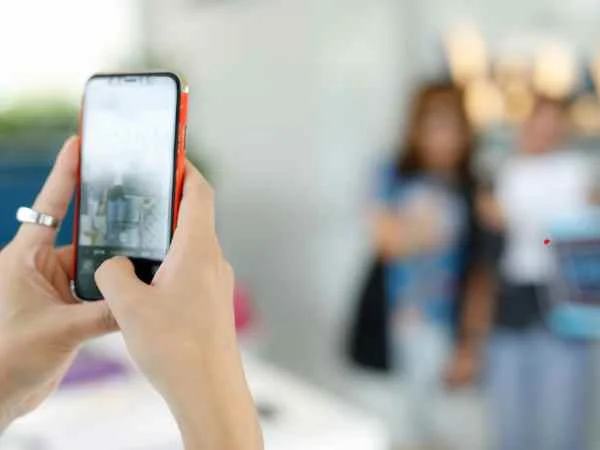Mobile technology has become an essential instrument for improving the effectiveness, precision, and general caliber of treatment given by healthcare workers in the quickly changing healthcare scene. The way healthcare is provided is changing as a result of the many advantages that mobile technology offers, including enhanced communication and the ability to monitor patients remotely. This article examines five key ways that mobile technology is helping healthcare workers, emphasizing the effects it has on professional growth, workflow efficiency, and patient care.
1. Enhancing Communication and Collaboration
Good teamwork and communication are essential to delivering high-quality medical treatment. Healthcare practitioners may communicate more easily with one another because of mobile technology’s suite of features, which includes video conferencing, secure email, and instant messaging. Regardless of their location, these systems enable real-time communication between physicians, nurses, and other medical professionals. For example, in order to discuss a patient’s health and choose the best option for action, a doctor can instantaneously consult with an expert via video call. In a similar vein, nurses may promptly get in touch with doctors to ask questions about prescription orders or to report any changes to a patient’s condition. By ensuring that all team members are in sync and cutting down on delays in patient treatment, this real-time communication eventually improves patient outcomes.
2. Improving Access to Medical Information
Healthcare practitioners must have access to current, reliable medical information in order to make well-informed judgments. With the use of mobile technology, healthcare professionals may instantly access a wide range of medical resources, such as medication information, clinical guidelines, electronic health records (EHRs), and medical databases. At the moment of care, physicians may easily access imaging tests, lab findings, and patient histories via mobile devices, which enables them to diagnose patients promptly and accurately. Additionally, clinical guidelines, research papers, and medical literature are accessible through mobile applications, which aid in keeping medical personnel abreast of the most recent developments and industry best practices.
3. Enabling Remote Patient Monitoring and Telehealth
In contemporary healthcare, telehealth and remotely tracking patients have grown in significance, particularly in reaction to the COVID-19 epidemic. These services, like enterprise mobility solutions, are made possible in large part by mobile technology, which enables medical personnel to monitor patients’ health and deliver care from a distance. Mobile telehealth apps make it easier for medical professionals to conduct virtual consultations and evaluate and treat patients’ illnesses without needing the patients to attend the clinic or hospital physically. Patients with mobility challenges and those who live in distant or underdeveloped locations would especially benefit from this. By reducing in-person visits, telehealth not only increases access to care but also lowers the risk of illness transmission.
4. Streamlining Administrative Tasks and Workflow
Healthcare personnel may find that administrative duties like scheduling, invoicing, and paperwork take up a lot of time and take away from providing patient care. By streamlining these chores, mobile technology increases workflow effectiveness and frees healthcare professionals to concentrate more on their patients. Healthcare personnel may directly submit orders, update medical data, and record patient interactions at the point of treatment utilizing mobile devices that are integrated with EHR systems. In addition to saving time, this lowers the possibility of mistakes that come with human data entry. Billing and coding mobile applications make billing procedures precise and effective, guaranteeing that healthcare practitioners are paid on time for their services.
5. Supporting Professional Development and Training
In order to keep current with medical knowledge and abilities, healthcare workers must engage in ongoing professional development and training. These efforts are aided by mobile technology, which gives users access to a wealth of training materials and instructional resources. Healthcare workers may access training materials, take part in webinars, and finish certification courses whenever it’s convenient for them, thanks to mobile learning platforms. In order to accommodate a range of learning preferences and methods, these platforms offer a variety of material, such as interactive modules, case studies, and video lectures.
Conclusion
The healthcare business is changing thanks to mobile technology, which gives medical staff members strong tools to improve patient care, streamline workflow, and foster professional growth. Mobile technology solves many of the issues that modern healthcare practitioners confront, including promoting communication and teamwork, enhancing access to medical data, permitting monitoring of patients remotely, simplifying administrative duties, and encouraging lifelong learning. The use of mobile devices in healthcare settings will grow in significance as technology develops, changing the way healthcare is provided and guaranteeing improved results for both patients and professionals.

